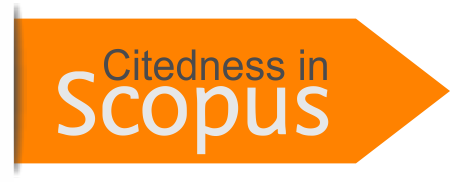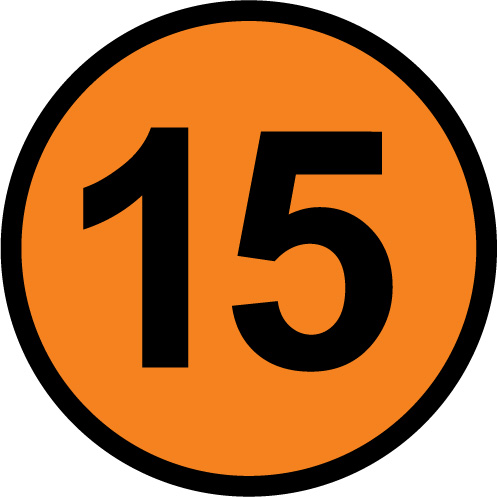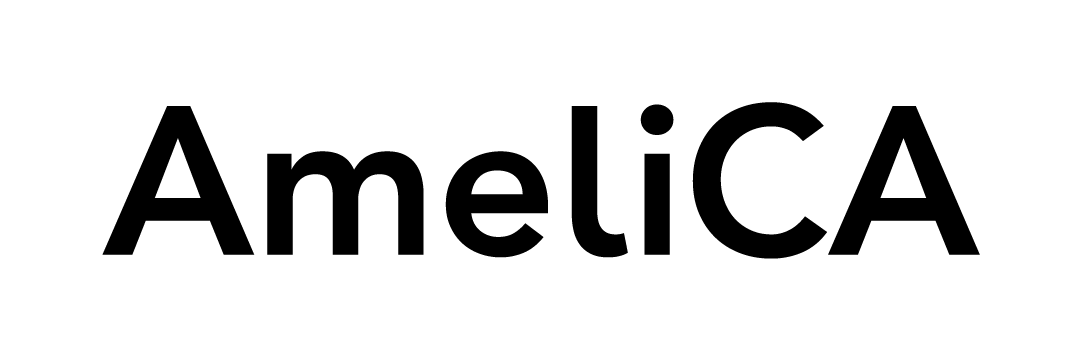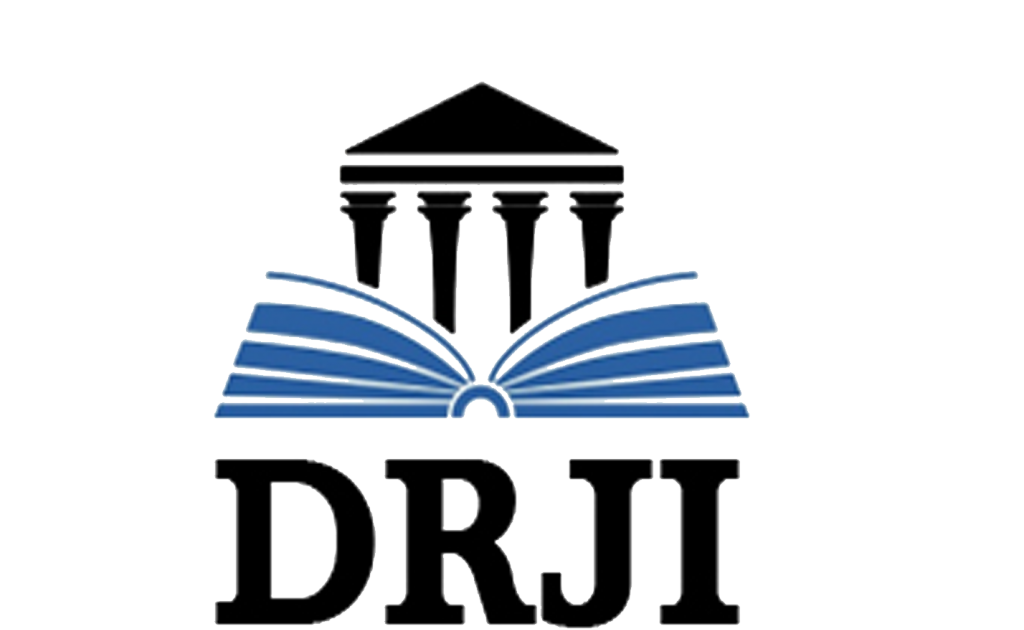Gamification in education: Experience based on Ecuadorian diversity.
DOI:
https://doi.org/10.53591/rug.v132i1.1357Keywords:
gamification, school content, learning, diversity, education, serious gamesAbstract
This present article addresses Gamification as an educational practice as an experience in Ecuadorian diversity. We begin by outlining the characteristics of what is now described as Digital Culture and its implications for the school environment; then we analyze the consequent need for a change in pedagogical practices. Then, as an alternative to this change, we propose School Gamification, a strategy that consists of inserting elements and aesthetics of electronic games in the classroom to work the contents in a more enjoyable way, which motivates the player to discover new ways of staying in the education. Given the large number of people of all ages who are immersed in the world of games and the expressive results that the corporate sphere has already obtained, especially Marketing, with gamified practices, it is believed that this strategy can contribute to learning effective given its power to involve people through pleasant, challenging and intriguing tasks, under the label of missions. The article ends with the statement that, to implement gamification in pedagogical practices, teachers need to know and understand the logic of electronic games and how they work. Only then
References
Álvarez, H. A. (2020). Enseñanza de la historia en el siglo XXI: Propuestas para promover el pensamiento histórico. Revista de Ciencias Sociales, XXVI(2), 442-459. doi:https://doi.org/10.31876/rcs.v26i0.34138
Alves, F. (2015). Gamification: Como criar experiências de aprendizagem engajadoras. DVS Editora. Obtenido de https://bit.ly/3sIQeEd
Burke, B. (2015). Gamificar: como a gamificação motiva as pessoas a fazer coisas extraordinárias. São Paulo: Editora DVS.
Carrión, E. (2018). El uso de la Gamificación y los recursos digitales en el aprendizaje de las Ciencias Sociales en la Educación Superior. DIM: Didáctica, Innovación y Multimedia, 15(36), 1-14.
Contreras, R. S., & Eguia, J. L. (2017). Experiencias de gamificación en las aulas. Bellaterra: Institut de la Comunicació.: InCom-UAB Publicacions, 15.
Contreras-Espinosa, R. (2016). Juegos digitales y gamificación aplicados en el ámbito de la educación. RIED. Revista Iberoamericana de Educación a Distancia, 19 (2), 27-33.
Cuenca, J. M., & Jiménez, R. (2018). Enseñando historia y patrimonio a través de los videojuegos: investigación e innovación. Rivista dell’Istituto di Storia dell’Europa Mediterranea, 2(II), 43-64. doi:https://doi.org/10.7410/1353
Deterding, S. (2012). Gamification: designing for motivation. Interactions, New York, v. 19, 14-17.
Dichev, C., & Dicheva, D. (2017). Gamifying education: what is known, what is believed and what remains uncertain: a critical review. doi:10.1186/s41239-017-0042-5
Fardo, M. (2013). La gamificación como método: Estudio de elementos de juegos aplicados en procesos de enseñanza y aprendizaje. Rio Grande del Sur: Universidad de Caxias. Obtenido de https://bit.ly/3rbya5p
García, A. (27 de octubre de 2019). Videojuegos: una industria de 135.000 millones. Obtenido de http://www.magazinedigital.com/historias/reportajes/videojuegos-una-industria-135000-millones
Gatti, L., Ulrich, M., & Seele, P. (2019). Education for sustainable development through business simulation games: An exploratory study of sustainability gamification and its effects on students' learning outcomes. Journal of cleaner production, 207, 667-678.
doi:https://doi.org/10.1016/j.jclepro.2018.09.130
Gee, J. P. (2009). Bons Videojogos + Boa Aprendizagem. Edições Pedago.
Harvey, D. (1990). The Condition of Postmodernity. An Enquiry into the Origins of Cultural Change. Oxford, Inglaterra: Amorrortu editores. Obtenido de https://bit.ly/3baWRcG
Huizinga, J. (2010). Homo ludens. Alianza Editorial. Obtenido de https://bit.ly/3e3e9Kj
Iquise, M. E., & Rivera, L. G. (2020). La importancia de la gamificación en el proceso de la enseñanza y aprendizaje. Universidad San Ignacio de Loyola.
Kapp, K. M. (2012). The gamification of learning and instruction : game-based methods and strategies for training and education. San Francisco, CA: Pfeiffer.
Kim, J. T., & Lee, W. H. (2015). Dynamical model for gamification of learning (DMGL). Multimedia Tools and Applications, 74(19), 8483–8493. doi:https://doi.org/10.1007/s11042-013-1612-8
Martínez, G. (2017). Tecnologías y nuevas tendencias en educación: Aprender jugando. El caso de Kahoot. Opcion, 33(83), 252-277.
Martins, T. (2013). A metamorfose do modo de ser e de estar no mundo atual e as reais mudanças na sala de aula presencial. Revista Educação On-line PUC-Rio nº 12, 150-166. Obtenido de http://www.maxwell.lambda.ele.pucrio.br/rev_edu_online.php?strSecao=input0.
Massarolo, J. C., & Mesquita, D. (2013). Narrativa transmídia e a Educação: panorama e perspectivas. Revista Ensino Superior Unicamp. Obtenido de https://www.revistaensinosuperior.gr.unicamp.br/edicoes/edicoes/ed09_abril2013/NMES_3.pdf
McGonigal, J. (2012). Realidade em jogo: por que os games nos tornam melhores e como eles podem mudar o mundo. Rio de Janeiro: Best Seller.
Meşe, C., & Dursun, Ö. Ö. (2018). Influence of Gamification Elements on Emotion, Interest and Online Participation. Egitim ve Bilim, 43(196). doi:10.15390/EB.2018.7726
Mite, M. A. (2020). Percepción de los docentes hacia la incorporación de estrategias de gamificación y videojuegos. Universidad Casa Grande.
Oliva, H. A. (2016). La gamificación como estrategia metodológica en el contexto educativo universitario. Realidad y reflexión, 44, 29-47.
Ortiz, A. M., Jordán, J., & Agredal, M. (2018). Gamificación en educación: una panorámica sobre el estado de la cuestión. Educação e Pesquisa, 44(0), 1-17. doi:https://doi.org/10.1590/s1678-4634201844173773
Prensky, M. (2006). “Don’t bother me mom – I’m learning!”. St. Paul: Paragon House. Obtenido de https://bit.ly/3e235x7
Putz, L. M., Hofbauer, F., & Treiblmaier, H. (2020). Can gamification help to improve education? Findings from a longitudinal study. Computers in Human Behavior, 110, 106392.
doi:https://doi.org/10.1016/j.chb.2020.106392
Rodríguez, F., & Santiago, R. (2015). Gamificación. Cómo motivar a tu alumnado y mejorar el clima en el aula. Barcelona (España): OCEANO S.L.U.
Rodríguez, F., & Santiago, R. (2015). Gamificación: Como motivar a tu alumnado y mejorar el clima en el aula . Editorial Océano.
Sánchez, Á., & Colomer, J. C. (2018). Gamificación y construcción del pensamiento histórico: desarrollo de competencias en actividades gamificadas. CLIO. History and History teaching, 44, 82-93.
Sánchez-Pacheco, C. (2020). Los orígenes y el futuro de la gamificación. Guayaquil: Editorial Académica Española.
Sánchez-Pacheco, C. L. (2019). Gamificación: Un nuevo enfoque para la educación ecuatoriana. Revista Internacional Docentes 2.0 Vol. 7 Núm. 2, 96-105. Obtenido de https://bit.ly/3q830KU
Simões, J., Redondo, R. D., & Fernández Vilas, A. (2013). A social gamification framework for a K-6 learning platform. Computers in Human Behavior Volume 29, Issue 2, 345-353. doi:https://doi.org/10.1016/j.chb.2012.06.007
Vera, J. N. (2020). Gaming: una aproximación crítica desde la narrativa social contemporánea del nuevo orden mundial. Dictamen Libre, 27, 221-245. doi:https://doi.org/10.18041/2619-4244/dl.27.6649
Werbach, K., & Hunter, D. (2012). For the win: how game thinking can revolutionize your business. Philadelphia: Wharton Digital Press.
Yee, N. (2007). Motivations for Play in Online Games. CyberPsychology & Behavior Volume 9, Number 6, 772-775.
Zepeda, S., Abascal, R., & López, E. (2016). INTEGRACIÓN DE GAMIFICACIÓN Y APRENDIZAJE ACTIVO EN EL AULA. Ra Ximhai, vol. 12, núm. 6, julio-diciembre, 2016, 315-325.
Zichermann, G., & Cunningham, C. (2011). Gamification by Design. Canada: O’Reilly Media. Obtenido de https://www.pdfdrive.com/gamification-by-design-e39666432.html
Zúñiga, S. (2019). Percepción de los docentes hacia la incorporación de estrategias de gamificación y videojuegos. Universidad Casa Grande.
Published
How to Cite
Issue
Section
License

This work is licensed under a Creative Commons Attribution-NonCommercial-NoDerivatives 4.0 International License.

This work is licensed under a Creative Commons Attribution-NonCommercial-NoDerivatives 4.0. International License.
You are free to:
- Share — copy and redistribute the material in any medium or format
- The licensor cannot revoke these freedoms as long as you follow the license terms.
Under the following terms:
- Attribution — You must give appropriate credit , provide a link to the license, and indicate if changes were made . You may do so in any reasonable manner, but not in any way that suggests the licensor endorses you or your use.
- NonCommercial — You may not use the material for commercial purposes .
- NoDerivatives — If you remix, transform, or build upon the material, you may not distribute the modified material.
- No additional restrictions — You may not apply legal terms or technological measures that legally restrict others from doing anything the license permits.































